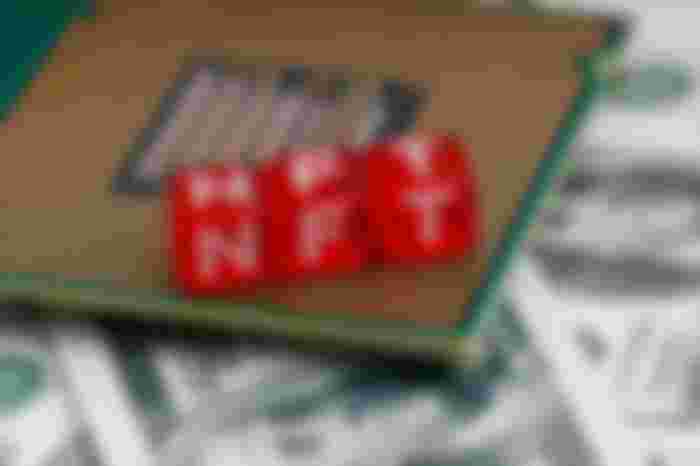Benefits and Risks of Fractionalizing NFTs

Fractionalized NFTs are a traditional but dangerous investing strategy updated for the blockchain era. Investors purchase a portion — often referred to as a “shard” — of a pricey NFT or a portion of a sizable NFT collection through fractionalization. Lets see the Benefits and Risks of Fractionalizing NFTs through this article.
Benefits of Fractionalizing NFTs
1. Quick estimation of value
One can easily determine the market value of unique tokens with the help of F-NFTs
In order to determine the worth of a piece of digital art that you own, all you have to do is divide the NFT that goes with it into multiple pieces and sell a few tiny fractions
This will assist you in determining the item’s overall cost
2. High liquidity
Fractional NFTs can easily get around the liquidity problems that expensive NFTs have
If you wish to sell a really expensive product that you possess, you could have to wait a while because not every investor will have the necessary funds on hand
You can divide an ERC-721 token into smaller fractions and then sell the resulting ERC-20 tokens for a lesser price
This can fix the liquidity problem and make the asset more attractive to investors
3. Democratizing investments and easy monetization
Investors with limited resources may be drawn to fractionalized tokens because they give them more possibilities to buy valuable assets in a secure manner
4. Curator rewards
The participant in the token sale is eligible to receive curator incentives, which are an additional sum each year
This makes it possible for people to make more money and improves the lives of artists who might not be blockchain experts
5. DeFi integration
Because fractional NFTs may be integrated with staking, yield farming, and dexes because they are effectively ERC20 tokens (a standard for developing and issuing smart contracts on the Ethereum network)
Risks of Fractionalizing NFTs
1. The reconstitution problem
Reconstitution can be problematic if you just control a portion of an NFT, It is easy if you possess a whole NFT
It is completely yours, and you are free to sell it whenever you choose
It might not be possible for you to use even a small portion of an asset in a particular name if you only control 50% of it
You will be in danger if you sell a buyer 50% of that asset and they later decline to sell it back to you
What can be done, then? A method for reassembling fractions into the original NFT must be provided by fractionalization methods
2. Buyout auctions
The reconstitution issue can be resolved by buyout auctions
Why then are buyout auctions considered “a necessary evil”? It basically means that even if a single shard of a fractionalized NFT is destroyed, the remaining shards still retain some of their value
In the event that one of the 100 shards belongs to an owner is lost soon after it is minted, they can launch a buyout auction and place the winning bid to recover the NFT, receiving 99% of the revenues back
3. Undesired buyouts
But it’s important to remember that unforeseen buyouts do occur
There is a potential that no one will be able to gather enough money to bid fairly on an NFT if it is valuable enough
4. Recurrently Issued Collectively Kept Shards (RICKS)
In addition to providing a different approach to the reconstitution issue, RICKS also avoids the liquidity and coordination problems associated with a full buyout
How does it function? In contrast to an all-or-nothing buyout auction, the protocol instead releases new RICKS at a set rate, or a certain percentage every day, week, or month, for a given NFT
The revenues from the sale of the new RICKS for ETH at auction go to the current owners of RICKS
REFERENCE:
DISCLOSURE:
None of these articles constitutes financial advice. Articles are highly summarised to make it easy for the reader and save time, so please DYOR further before putting your hard-earned money into any product mentioned.
Please note that the tech industry evolves rapidly and the info in this article is correct at the time of publishing. As Heraclitus said, “Change is the only constant,” so if anything sounds old or off, please holler on the socials or comment here so everyone stays peeled.
Affiliate links may be included in these articles, and signups through these links are highly appreciated. These links support better research and quality writing and help you find the right products with less hassle, so it’s a win-win :) Great care is taken to ensure the links are from authentic, non-spammy sources.
Stay up-to-date on the latest stories by signing up for the newsletter. Please don’t mark these emails as spam, instead, you can easily unsubscribe.
